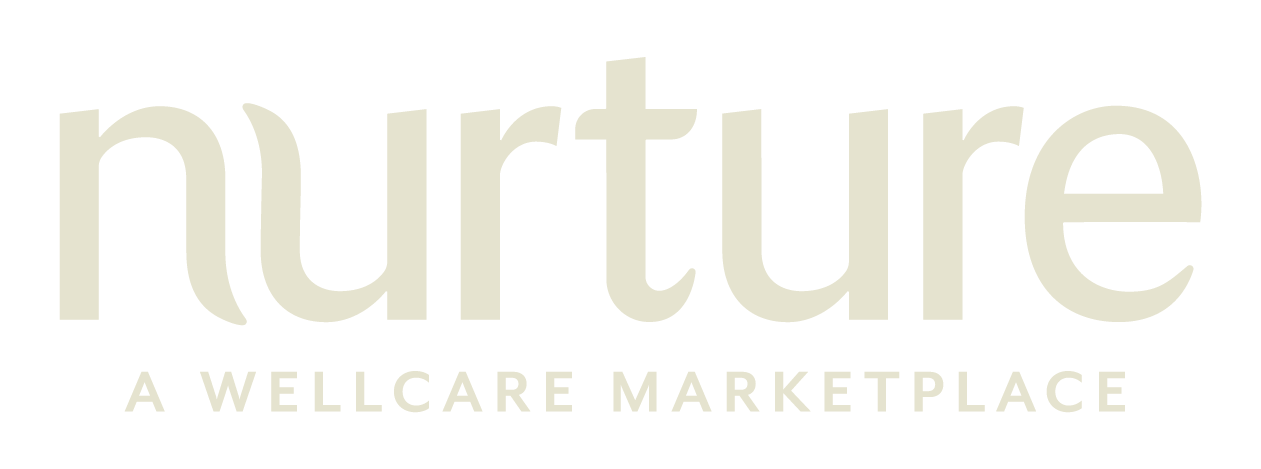Acupuncture vs Trigger Point Dry Needling
What is the difference between the treatments, and which one is right for you?
Many alternative medicine practitioners use needling techniques to rehabilitate their patients with painful conditions and injury. The insertion of tiny needles helps release endorphins, inhibit pain producing receptors, induces blood flow, and reduces tension. Therefore, many practitioners at Nurture use these techniques due to the positive benefit and outcome. Let’s take a look at the similarities and differences of both techniques.
Acupuncture originated from traditional Chinese medicine and has been around for thousands of years. The philosophy behind Acupuncture involves the study of Yin and Yang (opposite yet interconnected forces) as well as Qi (pronounced “chee”). Qi is a form of your body’s vital energy that flows throughout the body. When qi becomes blocked for any sort of reason, this leads to disease and injury. Any imbalance in Yin and Yang can also lead to disease as well. The idea is that the body has many meridians corresponding to different body parts. These meridians form a pattern and have points all throughout the body. Certain points correspond with certain conditions, pain, and imbalances. It is important for an Acupuncturist to use the right combination of points and to needle these areas with accuracy in order to see results. One of the main purposes of acupuncture is to restore your energy flow and state of balance.
Trigger point dry needling is a more modern approach to therapy. The term is called “dry” needling because there is no use of any medicine on the needle like injections. The idea is that muscles develop taut, hyperirritable bands within the muscle fibers (some people like to call these “knots”). Trigger points are created from repetitive postural disturbances, injury to the muscles, or misuse of muscles. When trigger points form they can lead to localized or referred pain, restricted range of motion, muscle weakness and imbalance. Obviously you can see how practitioners would want to help eliminate these trigger points! Dry needling technique involves finding the trigger points within a muscle, and putting the needle into the trigger point to get it to release. This can be performed repetitively until there is a local muscle twitch response, or letting the needle stay in longer until the trigger point releases. Many people also use electrical stimulation to get the trigger points within the muscle to twitch and relax. TPDN is more localized of a treatment compared to acupuncture. This therapy is also typically a shorter treatment than acupuncture. Acupuncture is used to treat a wider variety of medical conditions than dry needling. The kicker: many acupuncture points also correspond with popular muscular areas that have trigger points.
Colorado Certifications: To be a licensed Acupuncturist in Colorado you must have the proper education and hours as well as being board certified to practice Acupuncture. Chiropractors and physical therapists who perform acupuncture have to be board certified as well, but are not considered Licensed Acupuncturists. Licensed acupuncturists are recognized by the NCCAOM (National certification commission for Acupuncture and oriental medicine). Practitioners who practice dry needling do not need to be board certified, but do have to have a certain amount of hours and training to practice.
Which treatment is right for you?
Everyone responds to injury differently. Each individual has different needs and goals for treatment. Many people benefit from both, others prefer one treatment over the other. In order to figure out which technique is best for you, talk to your practitioner about what best suits your needs.
Written by Alexa Sheppard of Align Spine and Wellness
To get in touch with Alexa, follow her on Instagram and TikTok or send her an email at
docashepp@gmail.com


